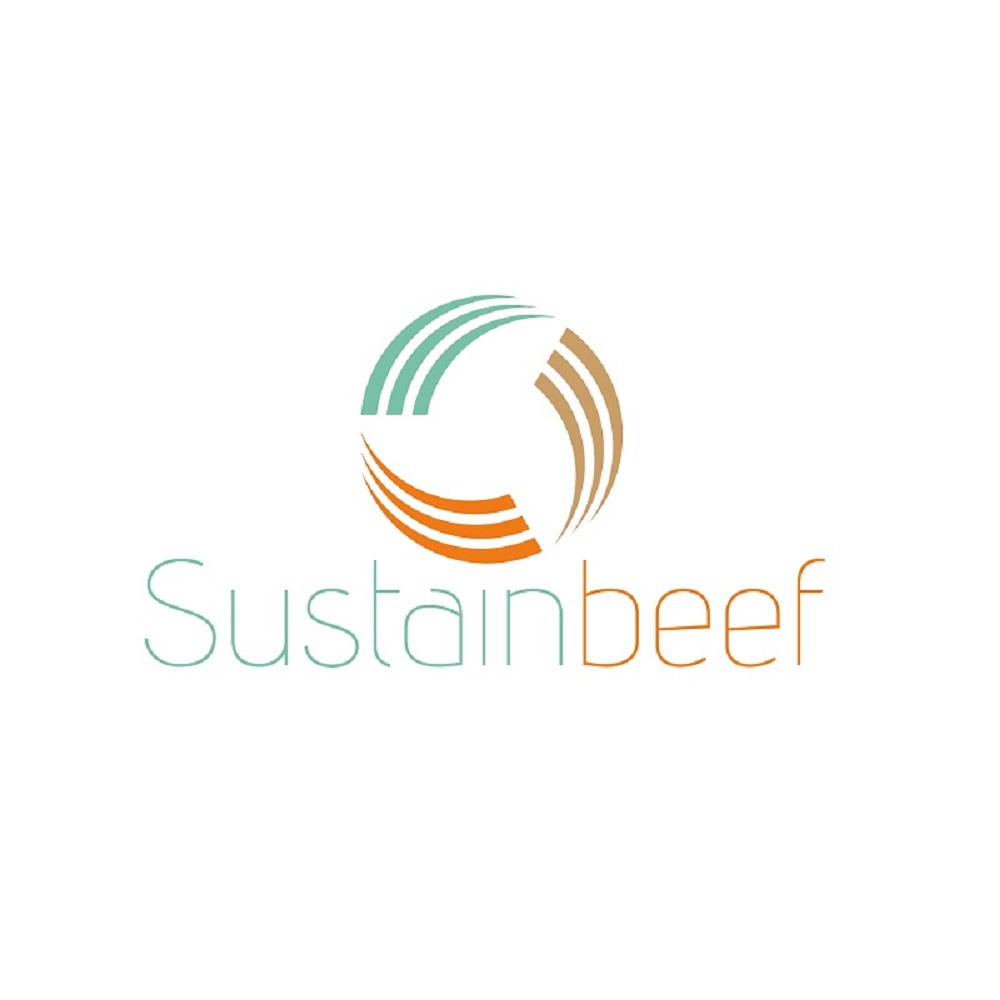CRA-W is at the forefront in helping agriculture to reduce its environmental impact, in the interest of ecology and, indirectly, of socioeconomics. While cattle have the big advantage of optimising forage areas that cannot be cultivated by humans, they are often criticised for the methane (CH4) emissions inherent to their digestive physiology. These emissions vary greatly from one animal to another. Several strategies, particularly relating to animal feed, genetic selection or herd management, make it possible to limit them.
However, testing the effectiveness of these strategies relies on the development of tools that can be applied both at the level of the individual animal and that of the herd; thus making it possible to measure individual methane emissions on a routine basis. These tools are either direct measuring instruments, which enable precise measurements, or mathematical models using routinely available data (proxies) which, once validated, will save time and money.
The trial, conducted at the end of 2019, is the result of a collaboration between four CRA-W research units, which aimed to compare five methods for assessing the methane emissions of 10 dairy cows over two months, namely:
- a method taken as reference, using SF6 as a tracer gas,
- Greenfeed©, marketed by C’Lock Inc,
- estimation of CH4 based on milk fatty acids obtained by gas chromatography,
- estimation of CH4 based on the medium infrared spectrum of milk,
- finally, estimation of CH4 based on the near infrared spectra of faeces.
To test the limits of these tools, the animals differed in terms of lactation stage, production capacity and diet.
The results will have implications for several projects, such as IndigGES (Improving the accuracy of life cycle analysis by incorporating the results of proxies, a Moerman project), and SmartCow (Standardisation of collection protocols on a European scale, a H2020 project).
This trial is innovative, in that the CRA-W has one of the only research teams in the world to have mastered all these techniques, which have therefore never been compared on the scale of a single trial.




